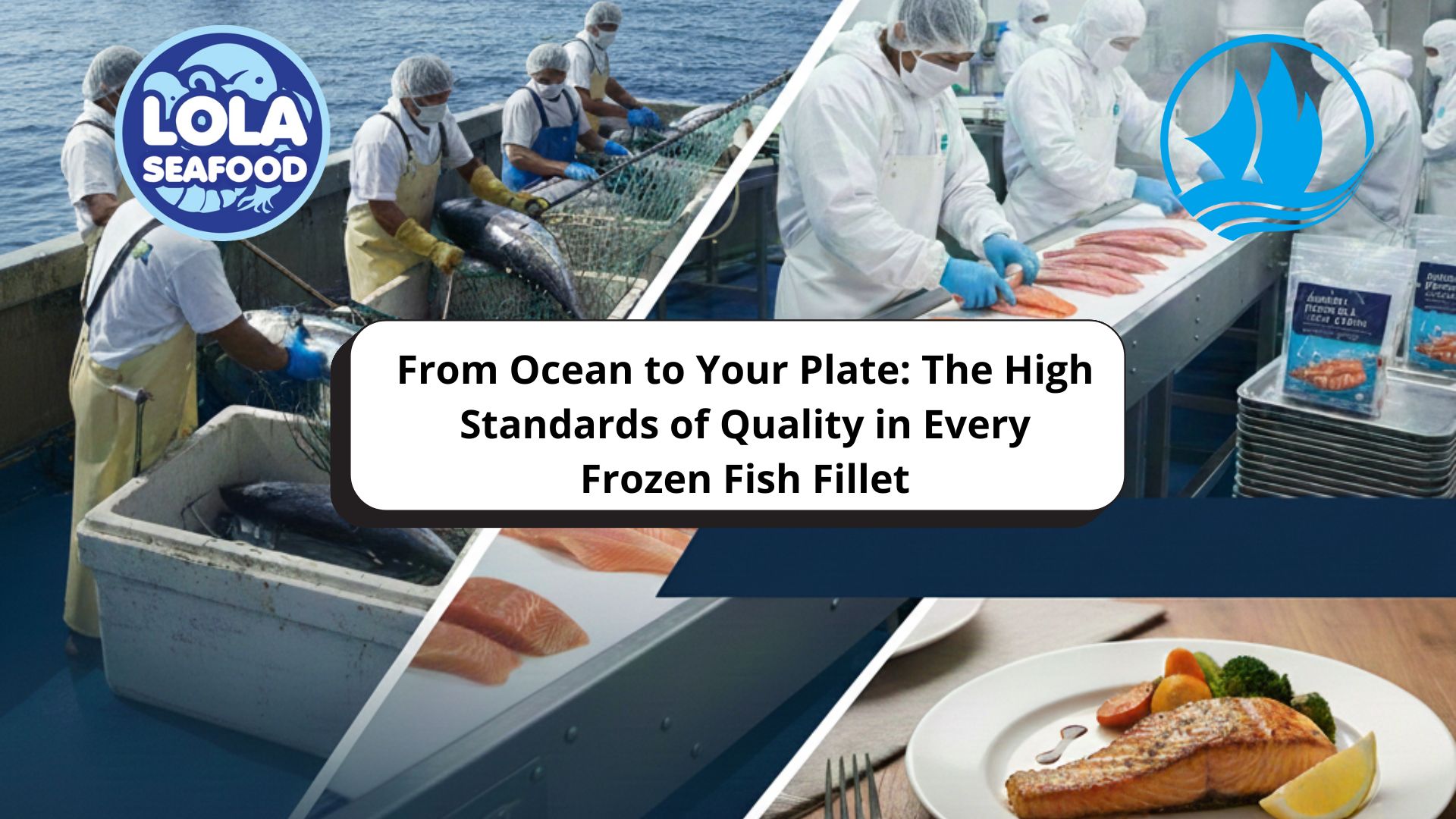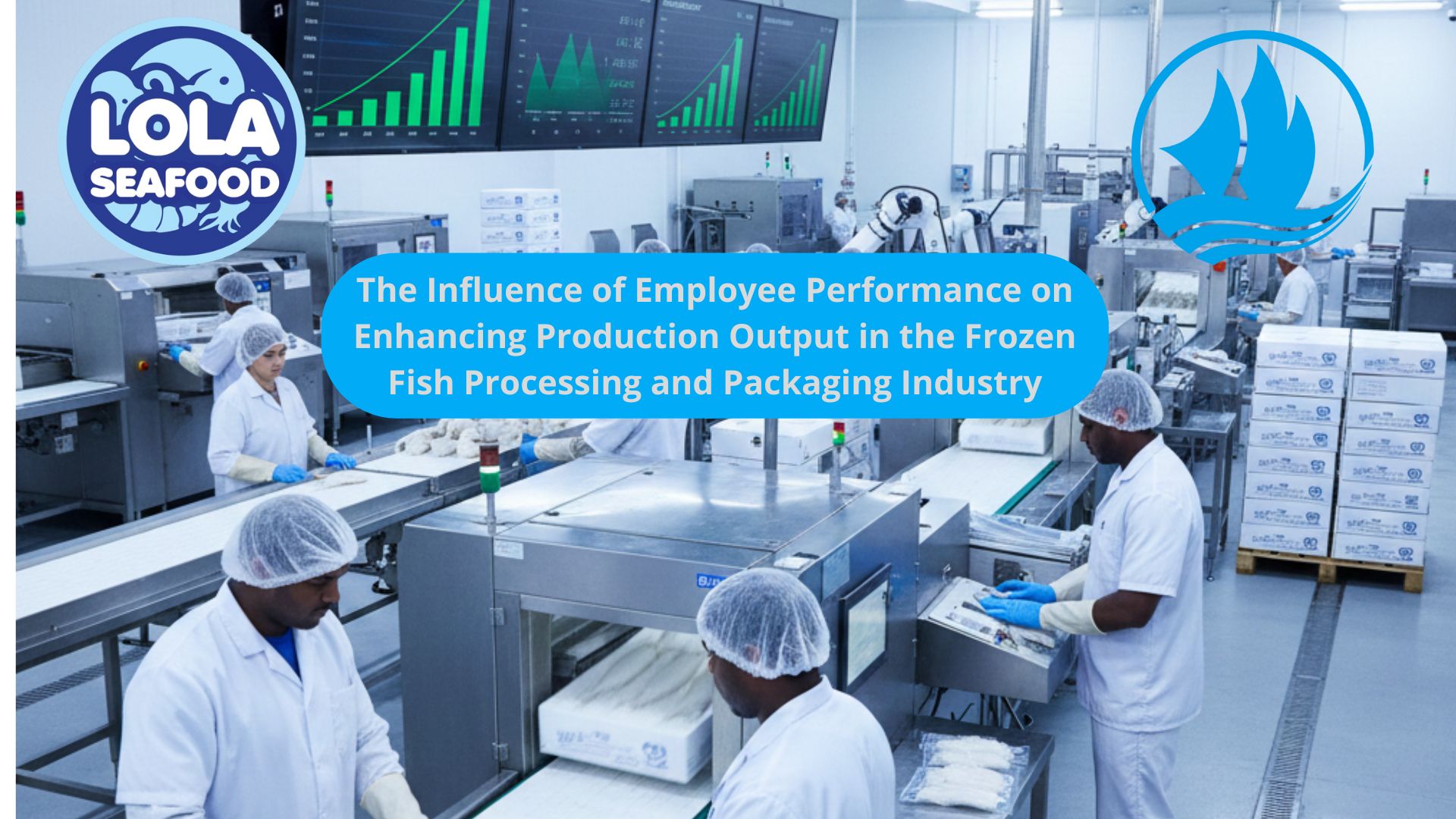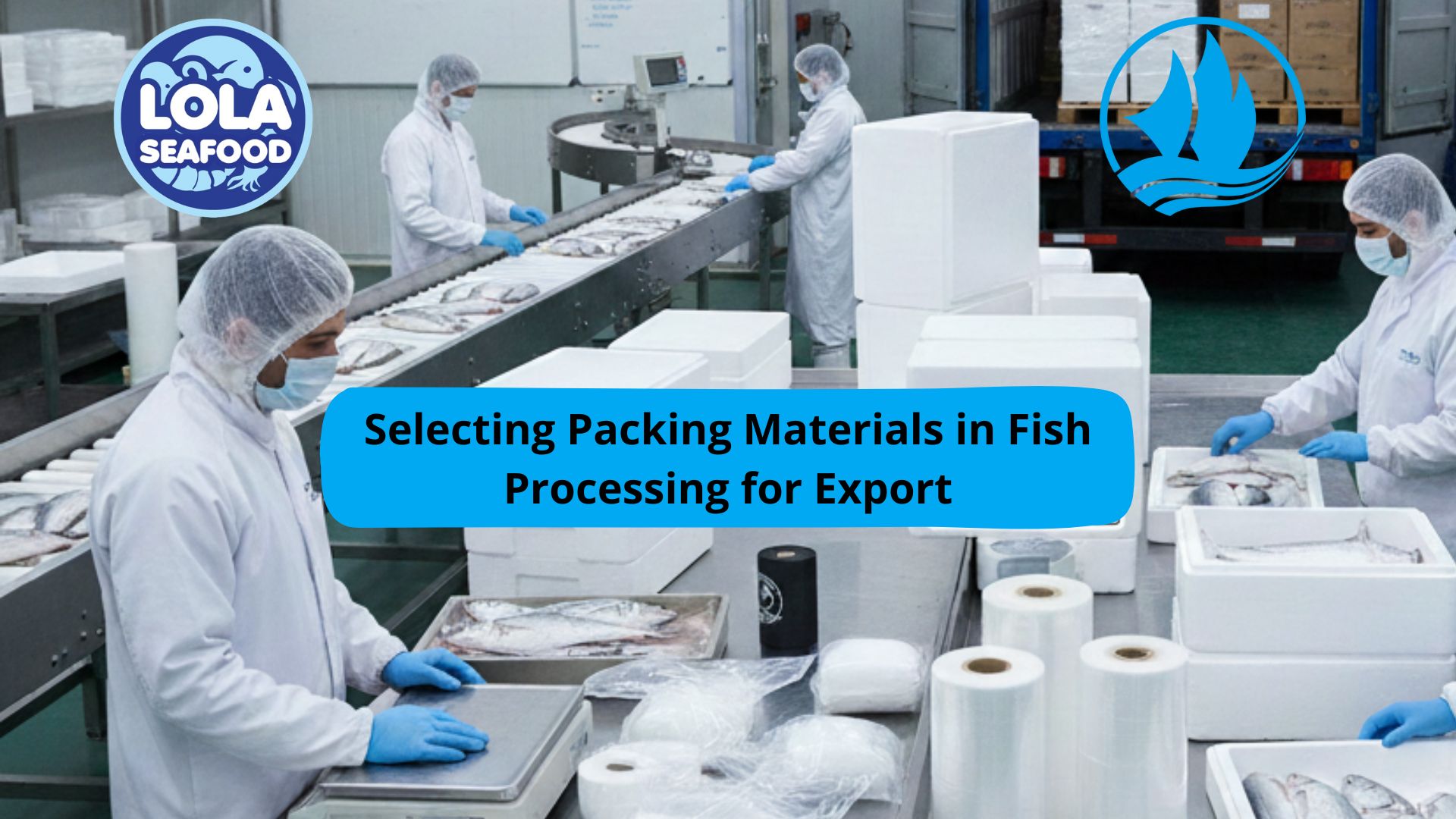How to Get the Most Value When Buying Fresh or Frozen Parrotfish
By. Ely Kusniawati - 21 Aug 2025.jpg)
Kelolalaut.com When it comes to choosing high-quality seafood, Parrotfish (Scarus spp.) is one of the most exciting and nutritious options available. Known for its vibrant colors and unique role in maintaining healthy coral reef ecosystems, Parrotfish is also a fantastic choice for consumers who want a delicious, protein-rich, and healthy meal. However, not everyone knows how to get the best value when buying Parrotfish, whether fresh or frozen. By learning how to evaluate freshness, quality, sustainability, and pricing, you can ensure that every purchase is worthwhile and beneficial for both your health and your wallet.
1. Understanding the Benefits of Parrotfish
Before diving into buying tips, it is important to understand why Parrotfish is such a valuable seafood option. This species provides high-quality protein, essential omega-3 fatty acids, and important vitamins and minerals such as calcium, phosphorus, and vitamin D. Regular consumption of Parrotfish supports heart health, brain function, and strong bones. Moreover, its firm yet tender meat makes it versatile for many dishes, from simple grilling to flavorful curries.
Because of these benefits, Parrotfish is increasingly sought after in seafood markets and restaurants. This means knowing how to identify good quality will give you an edge in making the right purchase.
2. Fresh Parrotfish: How to Choose the Best
Buying fresh Parrotfish can be rewarding, but it requires a careful eye to ensure maximum value. Here are some important points to consider:
- Check the eyes: Fresh Parrotfish should have clear, bright eyes that are not sunken or cloudy.
- Look at the gills: The gills should be bright red or pink, indicating freshness. Avoid fish with dull or brownish gills.
- Smell test: Fresh Parrotfish has a clean, ocean-like scent. If it smells too fishy or unpleasant, it may not be fresh.
- Firmness of flesh: Gently press the fish; the flesh should bounce back and feel firm. Soft, mushy flesh is a sign of age.
- Scales and skin color: Because Parrotfish are naturally colorful, faded skin may indicate poor quality. Choose fish with shiny, intact scales.
By checking these factors, you will ensure that you are paying for true freshness, not just appearance.
3. Frozen Parrotfish: A Practical Choice
Not everyone lives close to coastal markets where fresh Parrotfish is available daily. In this case, frozen Parrotfish is an excellent alternative. In fact, if properly processed and frozen right after being caught, frozen Parrotfish can preserve nutrients and flavor almost as well as fresh fish.
When buying frozen Parrotfish, make sure to:
- Check packaging quality: Avoid packages with broken seals or visible ice crystals, which may indicate thawing and refreezing.
- Look at labeling: Good suppliers will provide catch date, origin, and freezing method. “Individually Quick Frozen (IQF)” usually guarantees better texture.
- Inspect the fish: If possible, ensure that the flesh is firm and not discolored.
Frozen fish often comes at a lower price than fresh fish while still offering the same nutritional benefits, making it a cost-effective option for families and restaurants.
4. Balancing Quality and Price
To get the most value, buyers should compare prices between different markets, fishmongers, and suppliers. While fresh fish may cost more due to transportation and handling, frozen fish usually provides a more affordable yet equally nutritious choice.
For restaurants, buying in bulk frozen Parrotfish can help maintain consistent menu offerings without worrying about seasonal fluctuations. For households, purchasing frozen fillets in family-sized packs is often more economical than buying small portions of fresh fish.
5. Considering Sustainability
Value is not just about money—it is also about making responsible choices. Overfishing and irresponsible harvesting can harm coral reef ecosystems where Parrotfish play a vital role in cleaning algae and maintaining reef health. To get the best long-term value, always check whether your supplier follows sustainable fishing practices. Certifications and eco-labels can guide you toward environmentally responsible choices.
6. Maximizing Value in the Kitchen
Once you bring your Parrotfish home, how you cook it also determines the value you get from your purchase. To preserve flavor and nutrition:
- Avoid overcooking as it can make the fish dry and chewy.
- Use simple seasoning like lemon, garlic, and herbs to enhance its natural flavor.
- Experiment with recipes—grilled, steamed, or cooked in coconut milk are popular methods that highlight its texture and taste.
By using the right cooking methods, you maximize not only the money you spent but also the health benefits you receive.
Getting the most value when buying fresh or frozen Parrotfish comes down to making informed decisions. By knowing how to identify quality, choosing between fresh and frozen wisely, comparing prices, and considering sustainability, you can ensure that every purchase benefits your health, your family, and the environment. Whether you are a chef running a restaurant or a household looking for healthy meals, Parrotfish offers excellent nutritional value and culinary potential. With the right approach, every bite becomes both satisfying and worthwhile.
If youre interested in our Parrotfish Fillet Skin On and Parrotfish Fillet Skinless please do not hesitate to contact us through email and/or Whatsapp




.jpg)

.jpg)

.jpg)